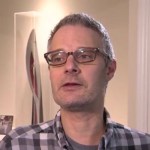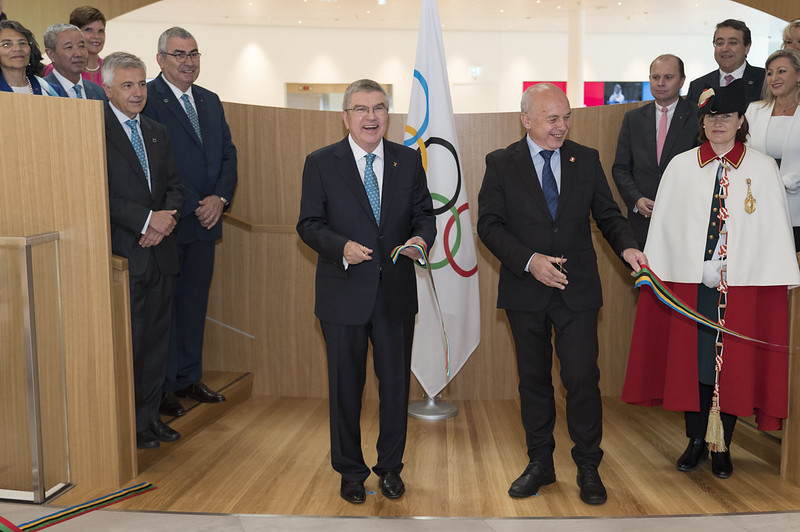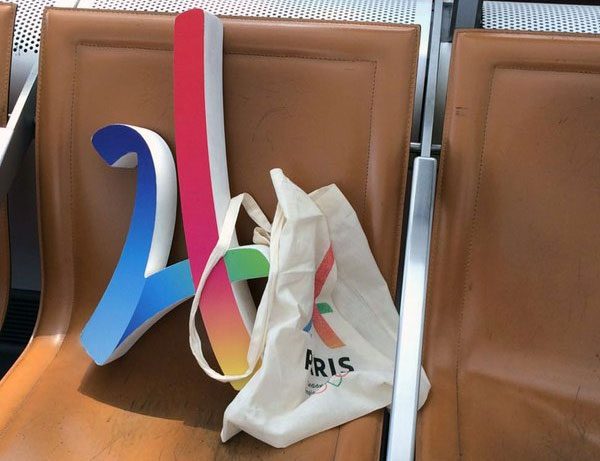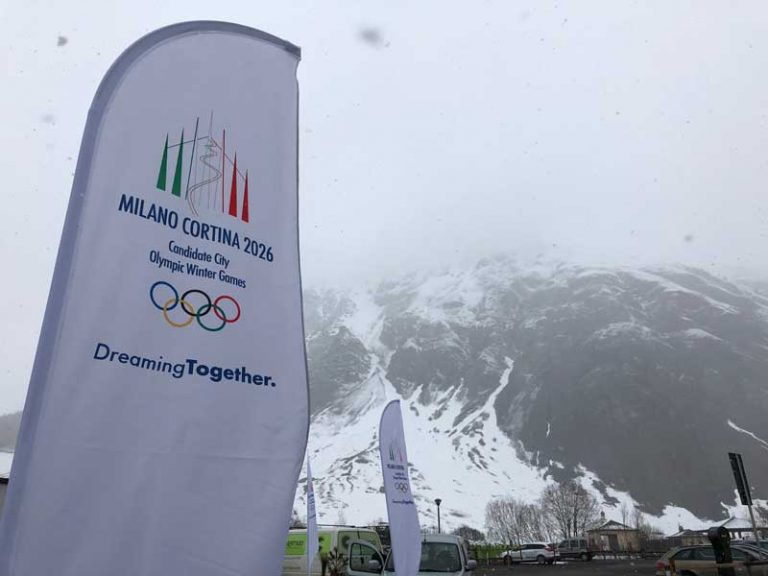
Reporting From Lausanne, Switzerland – The 2026 Olympic and Paralympic Games bid process, like all recent races since International Olympic Committee (IOC) President Thomas Bach was elected in 2013, has been an endurance contest, with little other movement.
But once the bid teams began to arrive in Switzerland, all of that changed.
Six cities applied to bid for the 2022 Winter Games but only Beijing and Almaty in Kazakhstan appeared on the final ballot after four European cities dropped out. For the 2024 Summer Games, five cities became two after three campaigns imploded from political push-back. Paris was handed the 2024 Games in a deal that also allocated the 2028 Games to Los Angeles.
Now only Stockholm Åre and Milan-Cortina remain after Graz, Sion, Sapporo and Calgary dropped from the race, and Erzurum was dismissed by the IOC.
For 2026 the IOC created new rules and new reforms – the so-called ‘New Norms’ that were reduce costs and risks and improve sustainability among the proposals. But the rules have been fluid and deadlines arbitrary – like a marathon race where the route changes and the finish line moves after the starting gun has fired.
Monday’s election at the 134th Session in Lausanne was originally to be held in September, and in Milan, until the Italian bid was accepted by the IOC forcing a relocation to comply with Olympic Charter rules. Suddenly, three months were shaved off the campaign.

That didn’t seem to matter though, the race was stagnant as the bids struggled to get governments onside with their projects, and understand the new landscape in which they were competing.
It has been a confusing race to follow, and by all accounts, a sleepy affair.
Until now.
While preparing for the final campaign run in Lausanne ahead of the election, something happened.
An Olympic bid race emerged.
Both sides claimed strong government support, and they backed it up by naming powerful delegations that will attend Monday’s vote, Prime Minister Giuseppe Conte for Italy and Prime Minister Stefan Löfven along with Crown Princess Victoria for Sweden.
Stockholm Åre answered its greatest criticism by releasing new poll results showing that as Swede’s learn more about the Games project, support is growing. Relatively week numbers were reported by the IOC earlier this year but the most recent poll shows opinions are changing with only 11 percent now opposing to the bid. Boldly, the bid committee compared support at home with the numbers reported for Paris 2024 and LA 2028.
The gloves have been dropped.
How To Watch The 2026 Olympic Winter Games Bid Election: Full Schedule
But the critical question is, have the IOC members noticed? Typically, the bid race is the main event at an odd-year IOC Session and most of the other business takes the back seat.
But this time, members have been preoccupied by the official star-studded opening of the new IOC Headquarters Sunday. European Olympic Committee (EOC) members arrived to the event in a chartered jet from Minsk where the 2019 European Games are underway – a distraction in itself.
Many others have been involved with Olympic Day activities at home and in Switzerland to celebrate the 125th anniversary of the founding of the Modern Games.
The IOC’s own delegation of the world’s most-worshipped Olympians – from perfect-10 Romanian gymnast Nadia Comaneci to Russian Ice Hockey legend Vladislav Tretiak – brought to Lausanne for these events, has overshadowed the national sport legends brought in as ambassadors by the individual bids.
What I have been hearing in Lausanne is this: Monday’s final presentations will be more critical than ever.
Due to the IOC’s new obsession to reduce bidding costs, the organization has dramatically cut scheduled face time between members and the bids. There has been but one proper presentation, and it is felt the members do not know the candidates well.
It will also be one of the most intense presentation days ever with both critical technical presentations and final presentations occurring only a couple of hours apart. The compact scheduling, a result of the change of the Session date, means the meetings typically occurring weeks apart will now happen all at once.
I’ve traveled for intense tours of both bid concepts and written about them extensively from the outset, but IOC members may only know plans from a very high level, or not at all.

And of course there are politics, and certainly much politicking is underway behind the scenes. Often, and especially for those members who have little or no stake in winter sports, politics overrule technical plans.
Referencing the IOC evaluation report, many feel Milan-Cortina has the edge. But from the view on the ground in Sweden, and if the sentiment of the first-ever Winter Games in the storied winter sports nation carries any weight – Stockholm Åre seems to be the odds-on favorite. And so much is at stake for the IOC who need a successful 2026 Games to prove that the new reforms work, and to finally push the critics to the sidelines.
Though we’ve come to this day through an unconventional path, it could be one of the most exciting head-to-head Olympic bid finishes in history.


